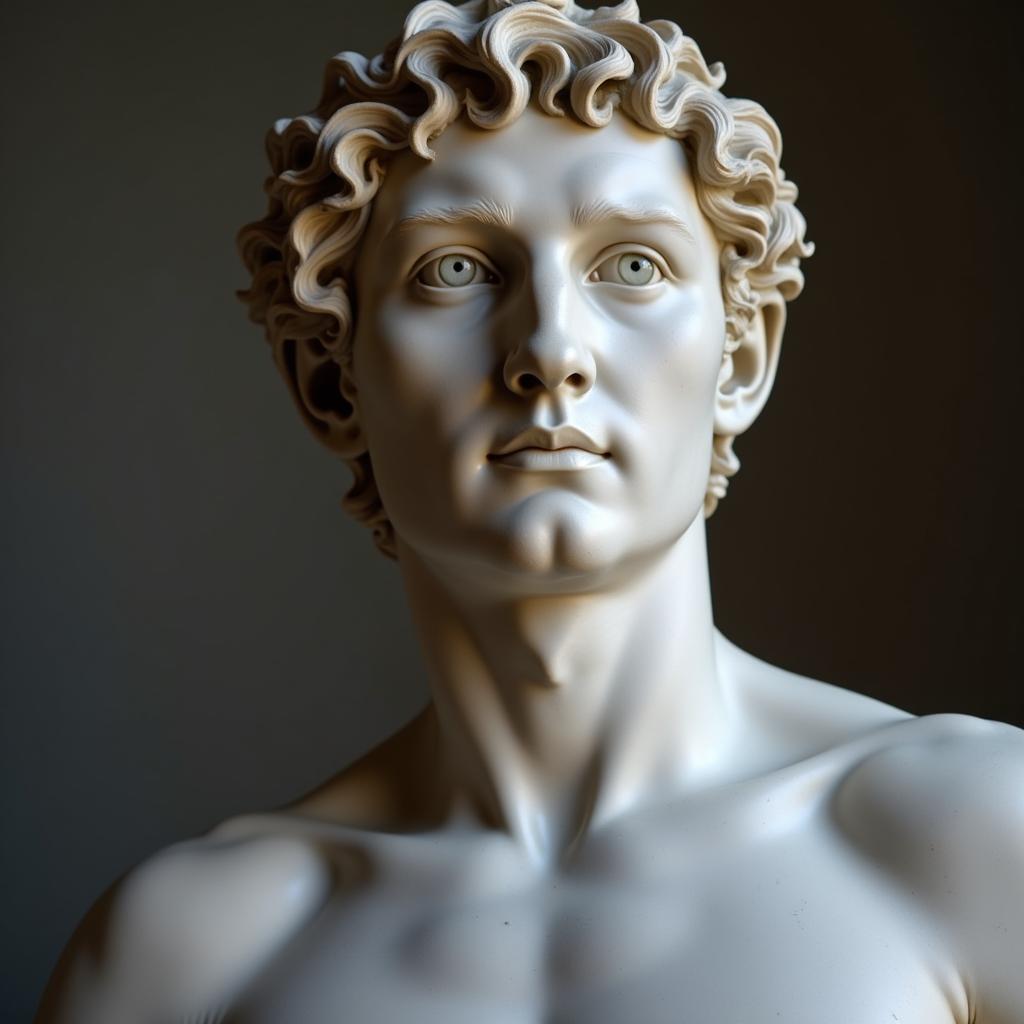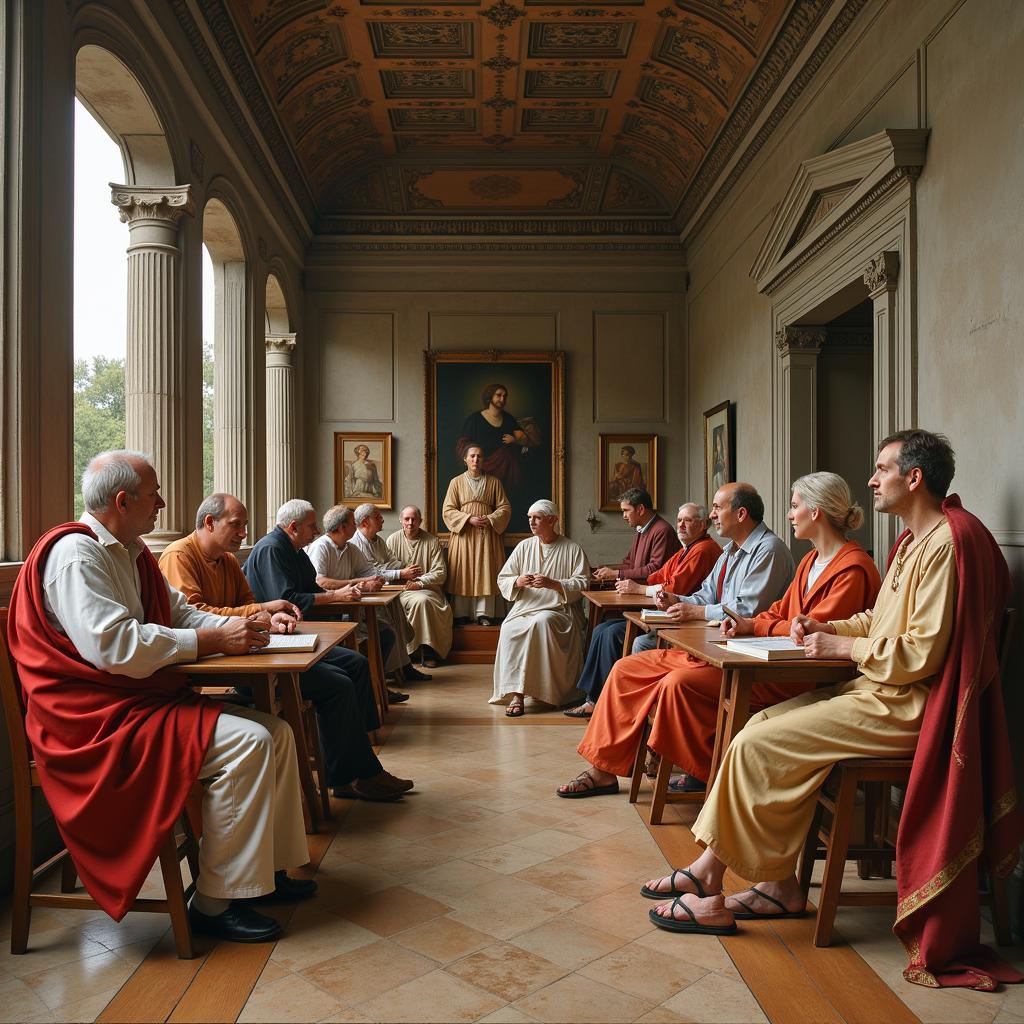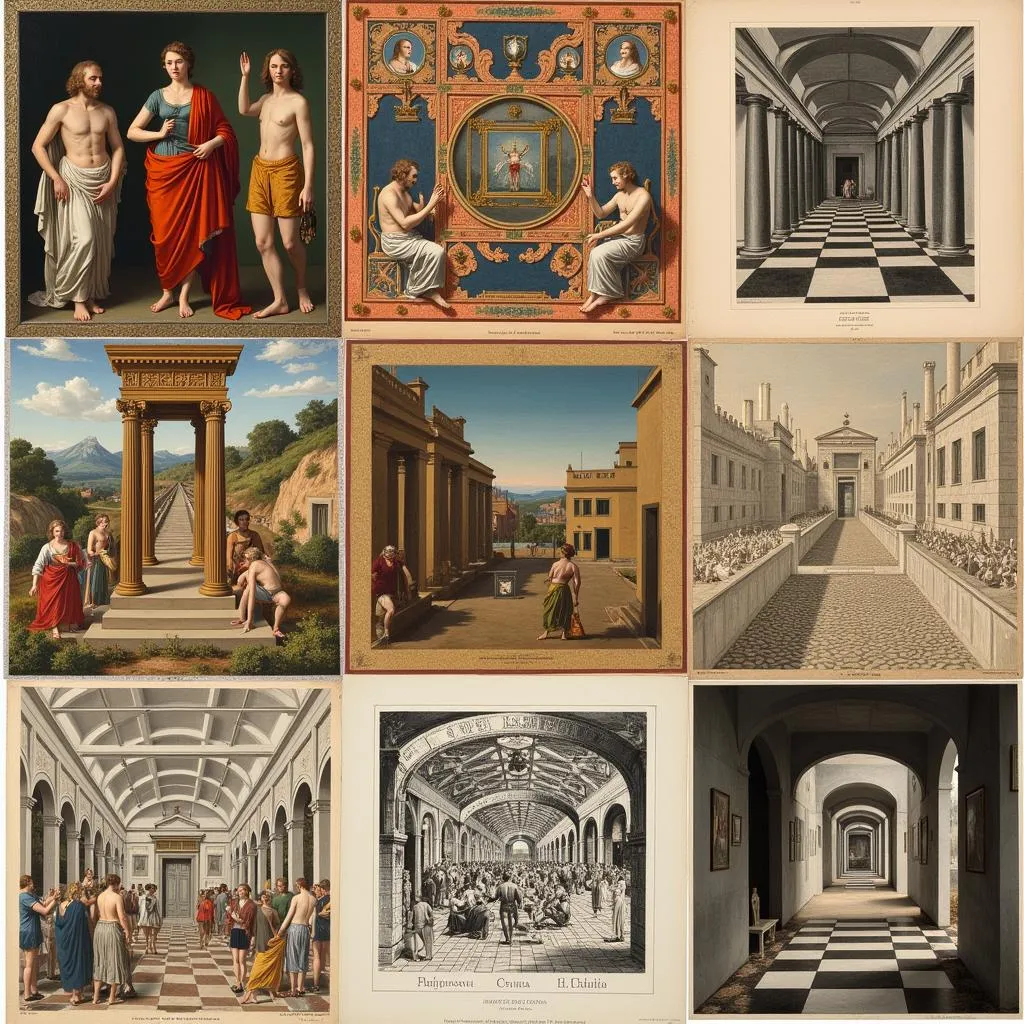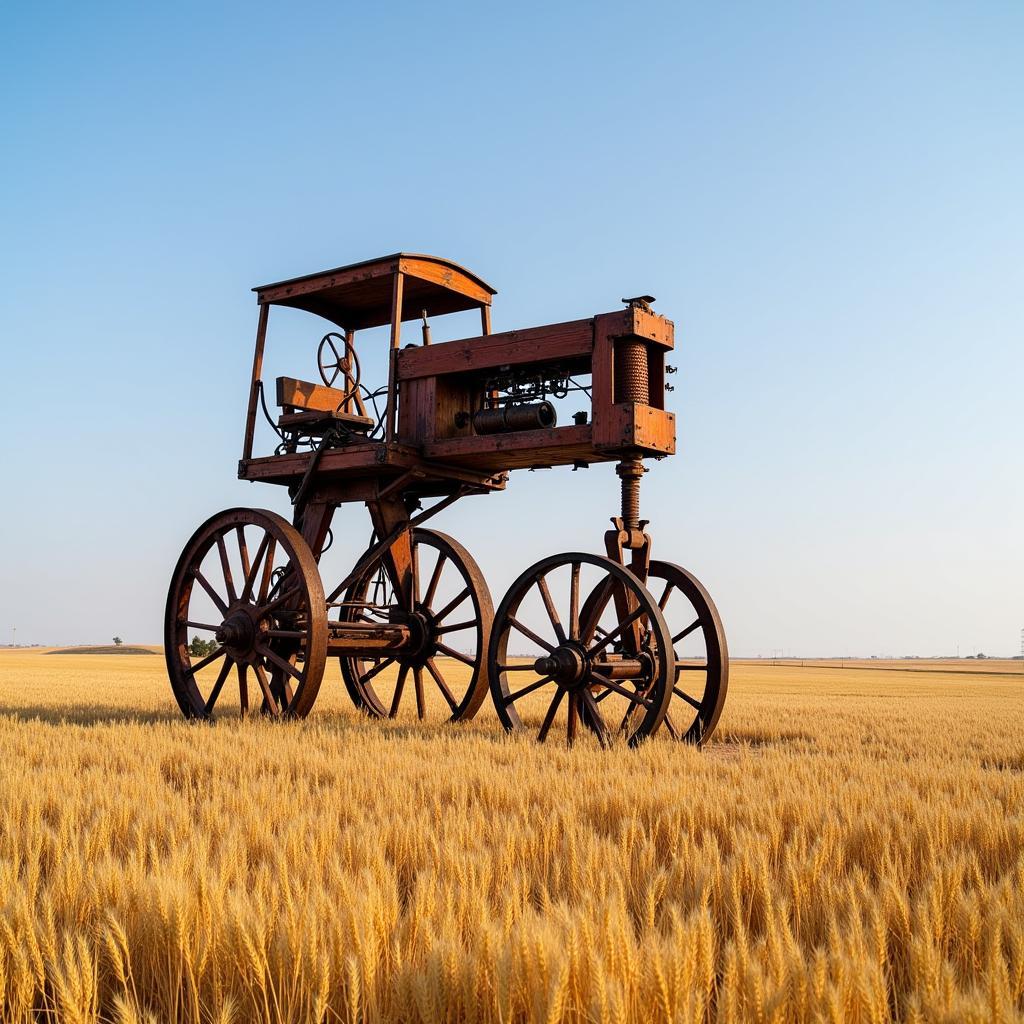Captivating Examples of Idealism in Art
Idealism in art, a fascinating exploration of perfection and elevated concepts, has captivated artists and audiences for centuries. This article delves into the core principles of idealism, examining its various manifestations through compelling Examples Of Idealism In Art throughout history.  Idealism in Classical Sculpture
Idealism in Classical Sculpture
Understanding Idealism in Art
Idealism, at its essence, seeks to represent the world not as it is, but as it should be. It’s about striving for perfection, focusing on idealized forms, and embodying noble concepts such as beauty, truth, and virtue. This often translates to depicting figures and scenes in a way that transcends the imperfections of reality. Think of it as portraying the “ideal” version of a subject, rather than a realistic representation.
Idealism isn’t just confined to visual aesthetics; it also encompasses the portrayal of ideal narratives, moral values, and philosophical concepts. This approach contrasts sharply with realism, which aims to depict the world as it truly appears, with all its flaws and imperfections.
 Renaissance Idealism in Raphael's Paintings
Renaissance Idealism in Raphael's Paintings
Examples of Idealism in Art Through the Ages
From ancient Greece to the Renaissance and beyond, idealism has played a significant role in shaping artistic movements and masterpieces. Here are some prime examples:
-
Classical Greek Sculpture: Ancient Greek sculptors masterfully captured the ideal human form. Statues like the Doryphoros (Spear-Bearer) by Polykleitos embody perfect proportions, athletic physiques, and serene expressions, representing the pinnacle of physical and intellectual perfection.
-
Renaissance Painting: Renaissance artists revived the classical ideals of beauty and harmony. Raphael’s The School of Athens depicts an idealized gathering of great philosophers, showcasing the pursuit of knowledge and intellectual ideals. The balanced composition and idealized figures create a sense of order and harmony, reflecting the Renaissance’s emphasis on reason and intellectual pursuit.
-
Neoclassicism: This 18th-century movement embraced the ideals of order, reason, and civic virtue, drawing inspiration from classical antiquity. Jacques-Louis David’s Oath of the Horatii depicts a dramatic scene of Roman patriotism, highlighting the ideals of duty and self-sacrifice.
-
Romantic Idealism: While Romanticism often explored emotional intensity and the sublime, it also incorporated idealistic elements. Caspar David Friedrich’s landscapes, for example, often depict idealized views of nature, imbuing them with a sense of spiritual awe and transcendence.
How Can We Identify Idealism in Art?
Recognizing idealism often involves looking for specific characteristics within an artwork. These include:
-
Perfect Proportions and Symmetry: Idealized figures often adhere to strict canons of beauty, emphasizing balanced proportions and symmetrical features.
-
Idealized Landscapes and Settings: Idealistic landscapes often present nature in its most pristine and harmonious state, devoid of blemishes or imperfections.
-
Emphasis on Noble Themes and Values: Idealistic art often focuses on depicting virtues such as courage, patriotism, self-sacrifice, and the pursuit of knowledge.
Idealism in Art Today
While photorealism and other contemporary art forms may seem distant from idealism, the core principles of idealism persist. Even in abstract art, artists can convey ideal concepts and emotions through form, color, and composition.
Conclusion
Idealism in art, exemplified through numerous historical examples, continues to inspire artists and viewers alike. By understanding the characteristics and motivations behind this artistic approach, we can gain a deeper appreciation for the power of art to transcend reality and express the human longing for perfection and higher ideals. Exploring examples of idealism in art offers a unique window into the enduring human quest for beauty, truth, and the ideal.
FAQ
- What is the difference between idealism and realism in art?
- What are some key characteristics of idealistic art?
- How did idealism manifest in Renaissance art?
- Is idealism still relevant in contemporary art?
- What are some famous examples of idealism in sculpture?
When you need support, please contact Phone Number: 02462573573, Email: [email protected] Or visit: Savico Megamall, 7-9 Đ. Nguyễn Văn Linh, Gia Thụy, Long Biên, Hà Nội 10000, Việt Nam. We have a 24/7 customer care team.




